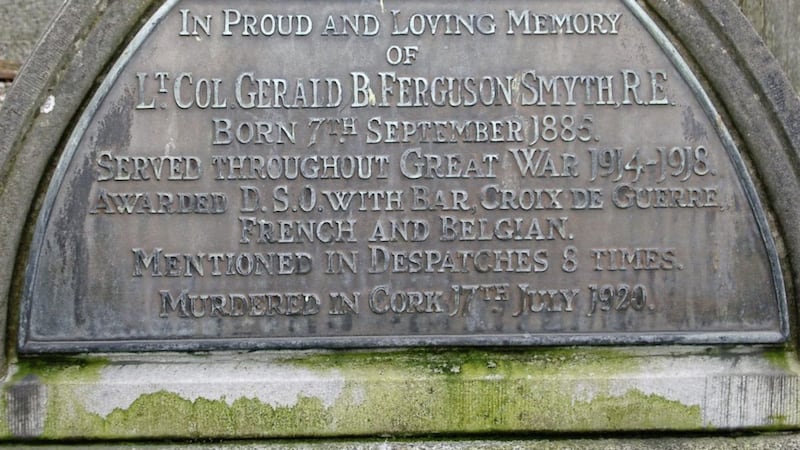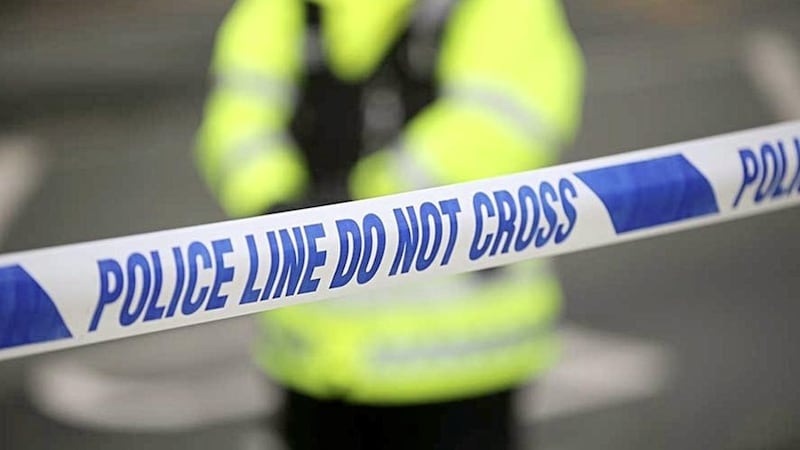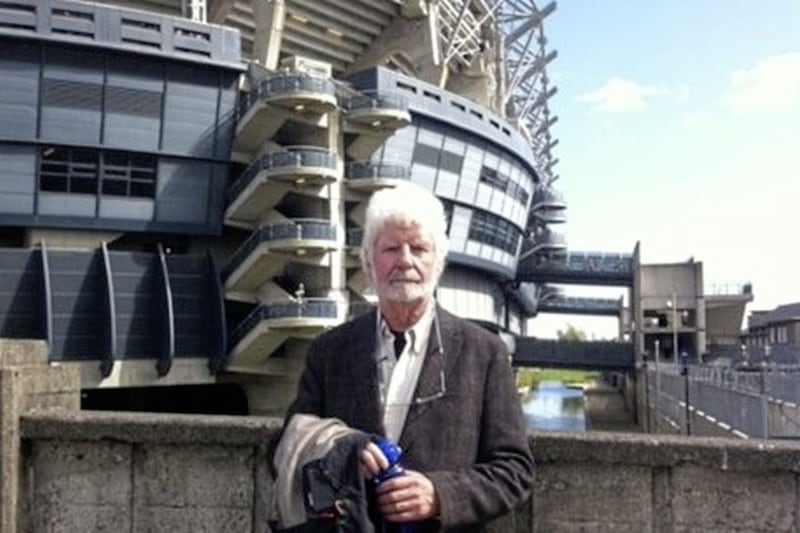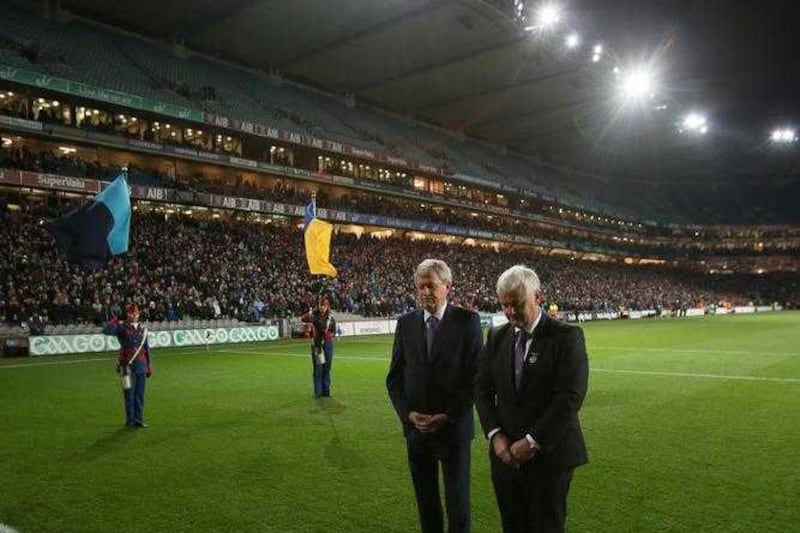THE IRA killing of a former British army officer and RIC man in Cork city 100 years ago triggered a wave of sectarian violence in his native Co Down.
Colonel Gerald Bryce Ferguson Smyth was shot dead in Cork city in July 1920 after his hardline approach to dealing with republicans came to the attention of IRA leader Michael Collins.
From a staunch unionist background in Co Down, he had served with the British army during the First World War.
The prominent business family would suffer a second loss in October 1920 when the colonel's brother, Major Osbert Smyth, was killed during a dramatic shoot-out involving republicans Dan Breen and Sean Treacy in Dublin.
Colonel Smyth had been posted to Ireland at the end of the world war and in 1920 was offered a senior role in the RIC, which was at the time to the fore in a bitter struggle with the IRA.
The appointment was part of an aggressive new approach, which some believed included a 'shoot on sight' policy.
Cork mayor and republican leader Tomás Mac Curtain was shot dead months earlier by a gang of RIC men in his home.
In June 1920 Colonel Smyth was to become embroiled in what became known as 'The Listowel Mutiny' - an incident which ultimately sealed his fate.
RIC officers stationed at the Co Kerry barracks had initially refused an order to relocate.
On June 19 Colonel Smyth visited to brief officers on new rules of engagement that allowed them to shoot suspects who did not surrender immediately.
However, the assembled RIC men interpreted the new orders as a green light to shoot republicans on sight and refused to accept them.
Later 14 of the officers involved resigned while others were dismissed.
Details of Colonel Smyth's speech later appeared in a newspaper, sparking a huge public reaction.
The IRA was aware of the threat that the former soldier posed to the organisation and steps were taken to kill him.
On July 17 he was shot dead as he sat in a gentleman's club in Cork city.
However, the killing was to have unforeseen consequences as loyalists in his home town of Banbridge and neighbouring areas launched sectarian attacks against the minority Catholic population.
Workers at the Banbridge Weaving Company also demanded the removal of Catholics, which they branded as 'Sinn Féin' workers.
Protestant employees, led by bands, marched to other factories in the district to make the same demand.
As up to 3,000 loyalists took to the streets, a Catholic post office worker, who had taken part in a one-day strike in support of republican prisoners, was badly beaten and forced to walk around the town at the head of a crowd before being ordered out of the area.
As tensions rose some other Catholics reported being badly beaten by rampaging mobs, with some also receiving gunshot injuries.
In his book The Burnings 1920, Pearse Lawlor said that while there is no evidence police took part in the violence, it was suggested they mingled with loyalist crowds and did little to intervene.
No charges were brought against anyone who took part in the disorder.
Catholics businesses throughout Banbridge were also singled out, particularly public houses.
Often looted alcohol was shared out by mobs as they moved from street to street.
A Protestant youth, William John Sterritt, was shot dead as a crowd estimated at 1,000 targeted the home and business of the Monaghan family, who were sympathetic to Sinn Féin.
An Orange lodge was later named in the dead man's memory.
Until the killing, nationalists in Banbridge had not retaliated and it was only now that military support was requested by the RIC.
The violence against Catholics in the town continued well into the following month.
There was also an outbreak of sectarian trouble in nearby Dromore where unionist crowds attacked Catholic property in the town on July 23.
An Orangeman, Wilfred Henry Mitchell, is believed to have been shot dead by police.
Catholic property and homes in the town were also targeted, while a local priest was forced to flee his home after a mob attacked the parochial house and shot his dog.
In the aftermath of Colonel Smyth's funeral there was also an outbreak of violence in Lisburn as Catholic property and homes were singled out there.
The trouble in Lisburn, which lasted for several days, offered a glimpse of what was to come as hundreds of Catholic residents were later driven from the town after the IRA shot dead RIC man Oswald Swanzy in August.





